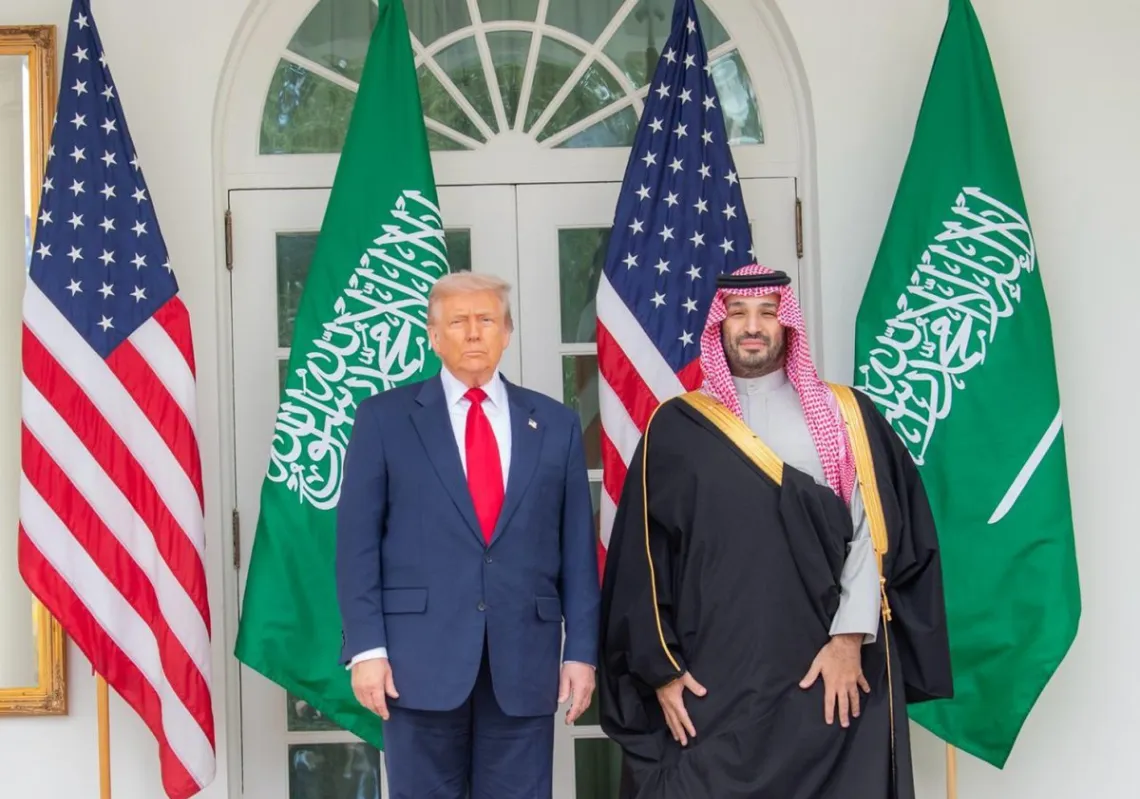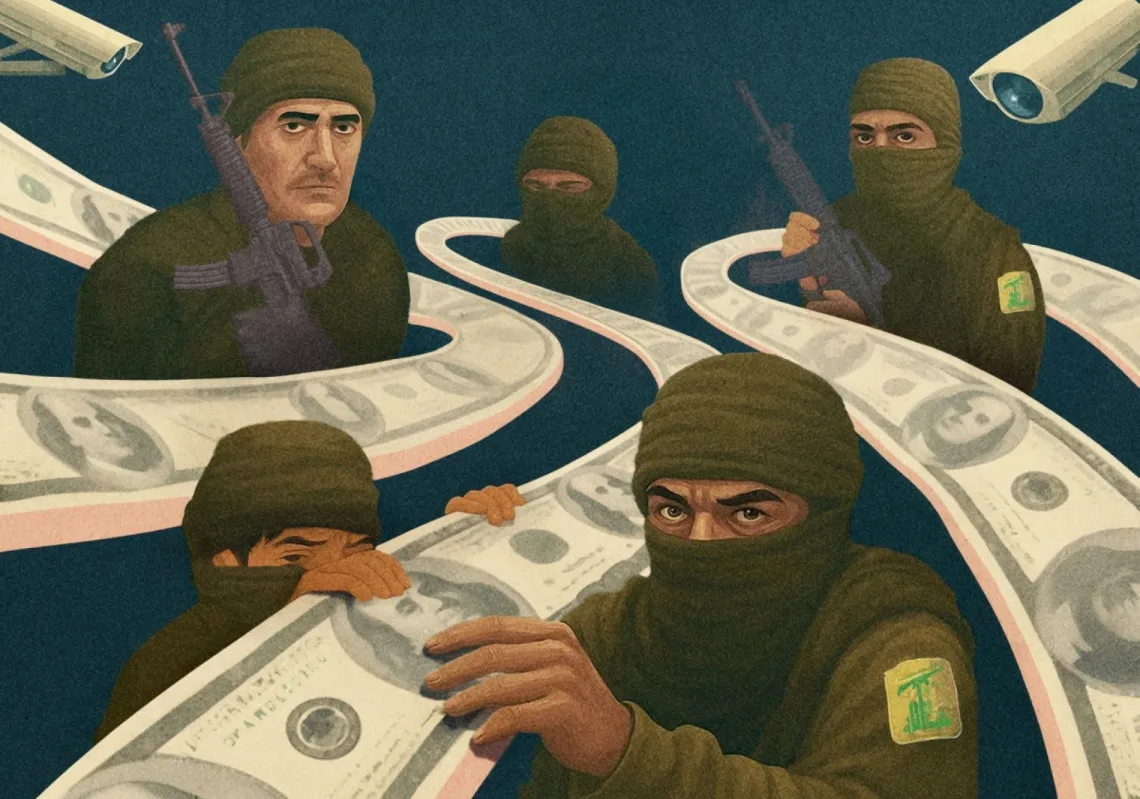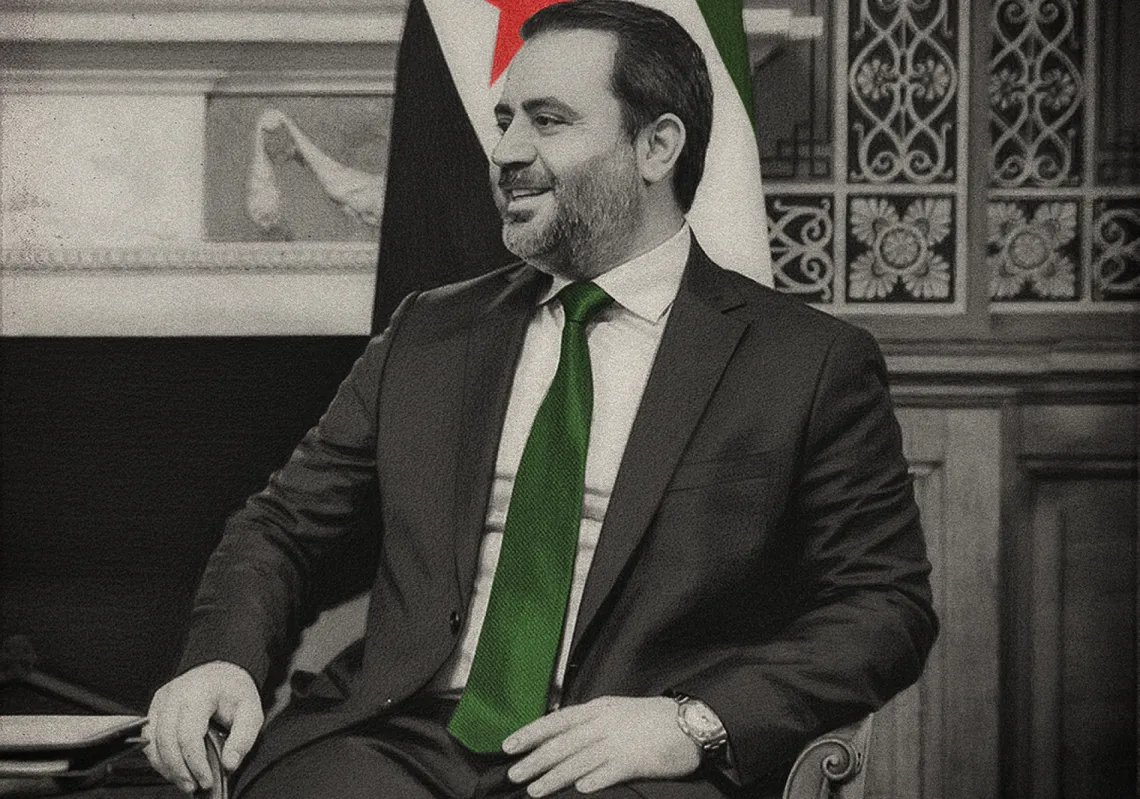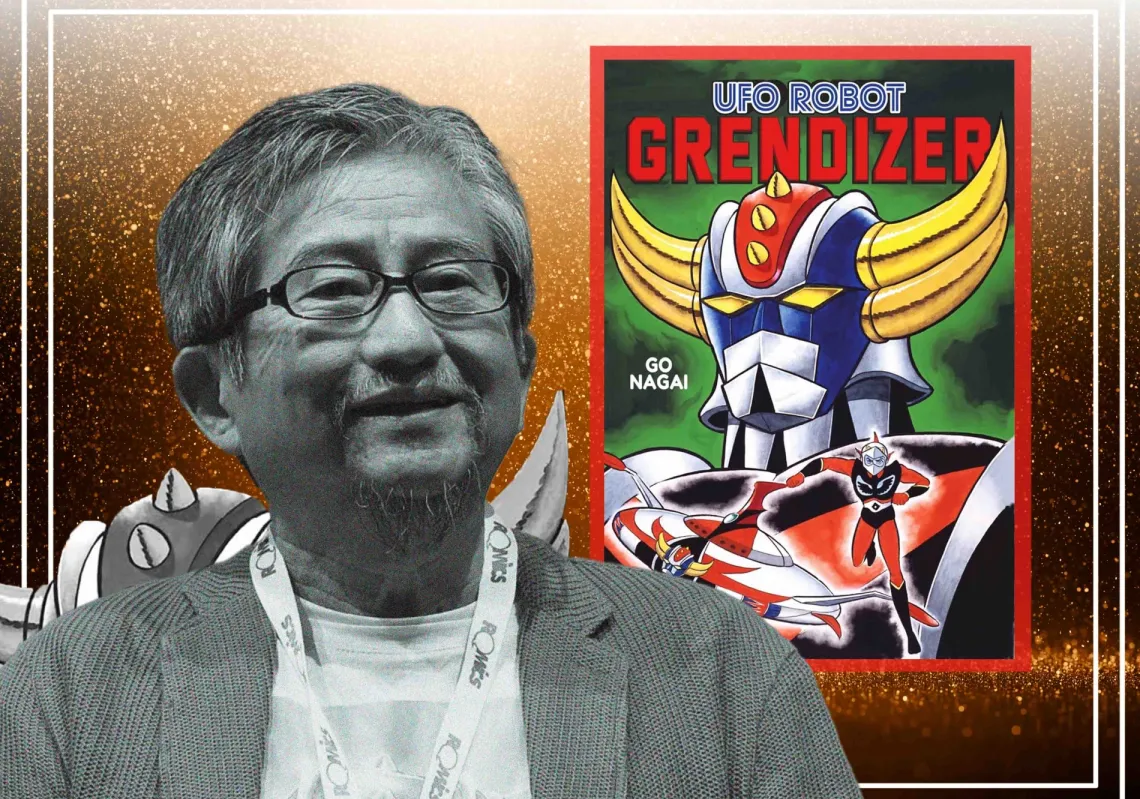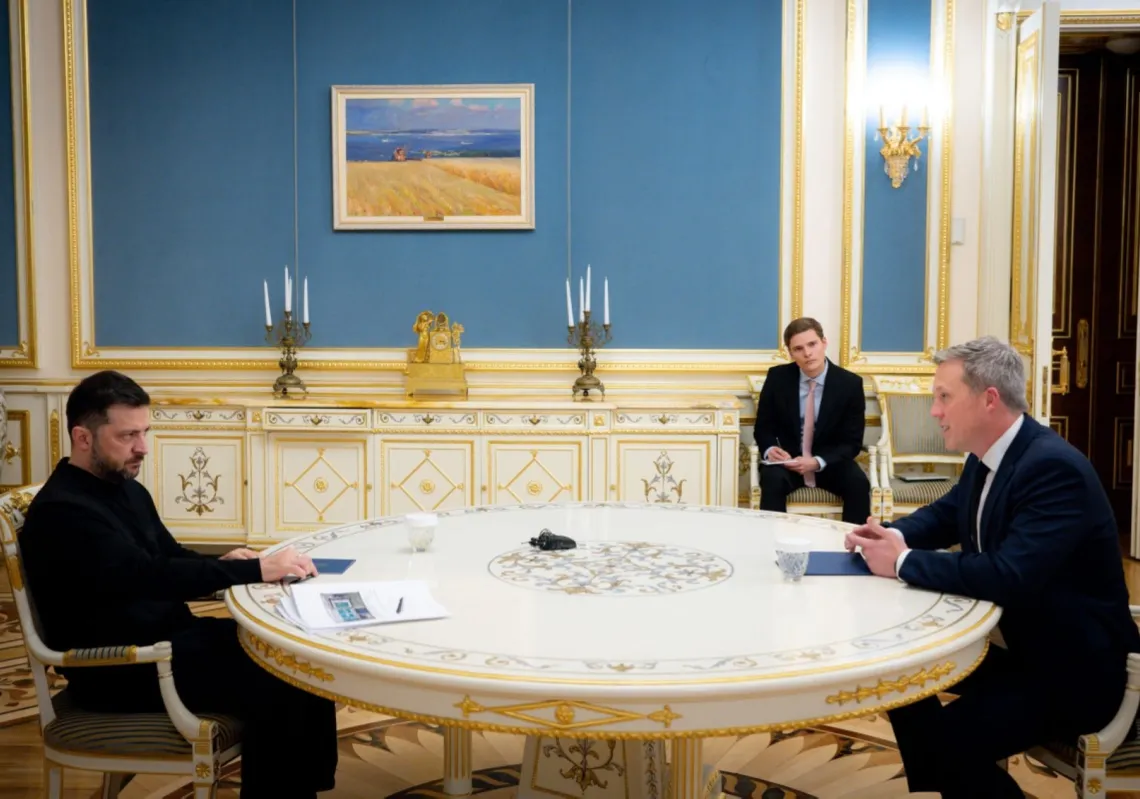 Sami Mohammad, Sheikh Sabah Al-Salem, National Pavilion of Kuwait. (courtesy: Art Dubai)[/caption]
Sami Mohammad, Sheikh Sabah Al-Salem, National Pavilion of Kuwait. (courtesy: Art Dubai)[/caption]
Venice—the city, the name—is art. It is stunning, drenched in water, history and everything that makes our modern life seem dull and artificial. That is why the International Venice Biennale, the oldest, biggest art affair in the world, is the embodiment of this chasm. While each pavilion, curator and artist uses the Biennale to flex their muscles and stretch the scale and boundaries of contemporary art, the city remains a romantic anchor—a museum in itself. And every year, there are a few rookies.
The 55th Biennale, which opened on June 1, introduces ten new countries: Angola, the Bahamas, Bahrain, the Holy See (the Vatican), Ivory Coast, Kosovo, Kuwait, the Maldives, Paraguay and the Tuvalu Islands. In the list of participating national pavilions, these countries are distinguished with an asterisk by their name. But this little star has huge implications, bringing with it the pressures of representing a whole nation, as well as proving themselves meritorious of such an esteemed membership. Since its inception in 1895, “the prestige of Venice Biennale is more prominent than its actual influence or cachet in the art market,” says photographer and curator Domingo Millela. “The market is in [Art] Basel,” he says. In a way, today the city is a phantom of its own story, a carefully preserved mantelpiece of an Italian past that has been replaced by overpriced tourist shops and bad food.
[inset_left]Still, the concept of a national pavilion seems to be as old as the city itself. The modern definition of state and nationhood is a twentieth-century construct[/inset_left]
Against this contrasting backdrop, eighty-eight national pavilions compete to shine brighter than the rest. Still, the concept of a national pavilion seems to be as old as the city itself. The modern definition of state and nationhood is a twentieth-century construct, when Western powers were slicing up the pie of their colonial conquests. The assignment of the permanent pavilions was largely dictated by the international politics of the 1930s and the Cold War, and there is no single format in which each country manages their pavilion. This spirit of nationalism and cultural competition makes the global art fair much like the Olympics.
But the accelerating force of the Middle East art market in the past ten years—Art Dubai is a prime example—and the emergence of the African scene are shifting the more restricted definitions of an international art fair. Of course, artists have been actively working and producing in these areas for a long time; however, as far as the “market” is concerned, they have only recently earned recognition. The Golden Lion for National Pavilion of the year, chosen by a five-member jury, was given to Angola--a first timer, which is testament to these new orientations. The novelty of the pavilion is how Edson Chagas’s posters of photos from streets and found objects are stacked on twenty-three pallets and placed in classically buoyant rooms among older paintings and sculptures. Viewers are allowed to take as many posters as they like. It is a conceptually witty installation, yet it does not stand out as a winner.
The word “national” brings all sorts of insidious meanings and connotations, reflecting a country’s most pressing anxieties—if art is ever supposed to do that. Though the definition is not rudimentary, you cannot escape its weight on each pavilion. “The invitation comes with a high degree of responsibility, which I would have been more anxious about were it not for the artist Petrit Halilaj,” says Perparim Rama Venue, who curated Kosovo’s inaugural entry. Halilaj’s piece is a large, nest-like hut made of branches, twigs, mud and other organic materials collected from around the republic that give it an earthy aroma. This symbolic significance of is perhaps highlighted by the fact that the Yugoslavian pavilion in the Biennale’s own Gardini pavilion is directed by Serbia—evoking the two nations’ geopolitical rift, as well as their troubled past. Interestingly, Germany and France switched pavilions this year in celebration of the fifteenth anniversary of their friendship treaty. These are the sorts of backstories that dominate the art at times and give it a “United Nations” angle.
Among Middle Eastern countries, Bahrain is the newest addition. (The next latest, the UAE, joined in 2009.) The pavilion, curated by Melissa Enders-Bhatia, has a marked Middle Eastern look stemming from each artist’s piece. Yet such direct aesthetic signifiers come across as superficial, forced and conceptually ineffective. Mariam Haji’s large drawings of horses and women are not on par with the level of work present at the Biennale, and even a well-known artist such as Waheeda Malullah’s works are her weakest: compare the brilliant video installation she has at Edge of Arabia right now, with the typically oriental, veiled woman against an everyday background in her Venice series.
From the title of the exhibition at the Kuwait pavilion, “National Works,” it becomes clear that curator Ala Younis deliberately framed the artwork in a national context. And this consciousness, which is entrenched in the small country’s culture, allowed the artists to tackle their own crisis in a very engaging way. Sami Mohammadi, who is Kuwait’s most well-known sculptor, used to be commissioned to make these figures in praise of the royal family (like many artists throughout history, from the Renaissance to the USSR). He takes this forced notion of nation-building and isolates its aesthetic in the context of the Biennale. Tarek Al-Ghoussein, on the other hand, presents photos that project Kuwait’s important historical junctions. Here again the idea is of scale, grandeur and the comparison of individual beings in the midst of a large-scale reproduction of visual national narratives.
Similarly, the Paraguay pavilion emphasizes its own sense of cultural identity while bringing together a dynamic range of artists. There is Diana Rossi’s fleshy-light installation, Felix Toranzos’s poetic architectural prints, the “You Are Not Here” sign on a large banner evoking the pavilion’s actual door by Pedro Barrail, and Daniel Milessi’s imaginary video game involving an encyclopedia of Paraguayan history. It is another example of not letting the national label overshadow the talent.
Milessi’s play, which uses imagination, is what nationalism is made of. As Benedict Anderson would say, the nation is an imagined political community and in shaping and sustaining this shared imagination, art and culture are integral. One of the oldest of such a shared community is perhaps religion. But the Holy See, in a first showing curated by Cardinal Gianfranco Ravasi, tried (and “tried” is a key word) to go beyond the religious and liturgical delineations expected from the Vatican. Ravasi, whose formal title is president of the Pontifical Council for Culture, commissioned three contemporary artists—Italy's Studio Azzurro cooperative, Australian-born American painter Lawrence Carroll and famed Czech photographer Josef Koudelka—to “reflect” on the first eleven chapters of Genesis as freely as they wanted.
Besides the national pavilions, Biennale’s own international pavilion is curated by Massimiliano Gioni and titled “The Encyclopedic Palace.” As the name suggests, this year’s ambitious theme was about the concept of the encyclopedia and the communication and consumption of information. The ideal of an encyclopedia comes from nineteenth-century Enlightenment thinking and the desire to create a source for all knowledge. It is a humanist understanding of the world—and a fallacy that overestimates the limits of our brain and of epistemology. Of course, Gioni knows this, and his title and endeavor may be another ironic nod at the shortcomings of humanity. But the idea of categorizing people into nations, nations into continents, and art’s best in a single city to see, is inescapably seductive.



